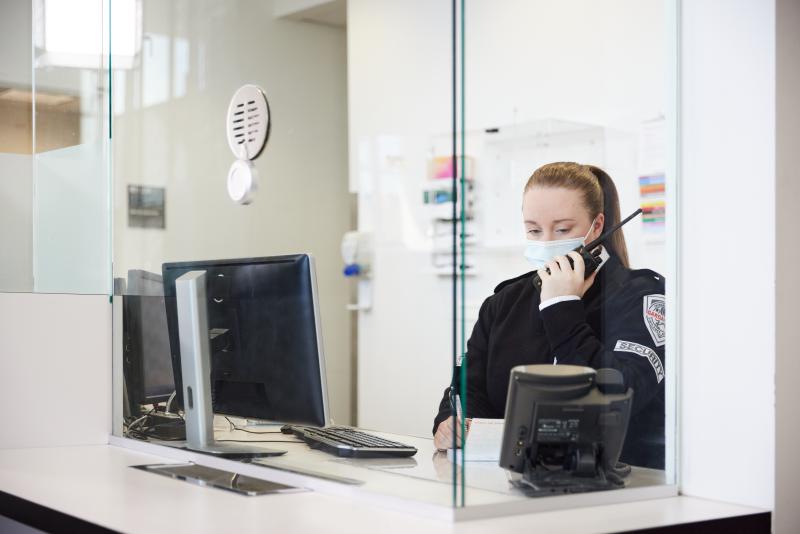
When you consider the everyday demands that healthcare organisations confront in their pursuit of high-quality patient care, there are numerous roadblocks that might disrupt facility operations and jeopardise employee and patient safety. At innovative healthcare facilities like Unity Health in Toronto, security experts have been turning to technology to help decrease violent incidents.
How risk assessments can be used to de-escalate violence in hospitals
For Paul Greenwood, CHPA, Director of Fire and Safety at Unity Health Toronto, the key to reducing violent incidents is better communication. Therefore, his team implemented a new risk assessment tool that allows every patient to be evaluated for their potential violence risk.
“When someone ends up having a mid to high score, depending on their assessment results, or just based on their previous experience as a patient in the hospital, it automatically goes to our safety dashboard,” declares Mr. Greenwood.
This dashboard, located in their security office and in the nursing era, allows staff to browse through every patient that is registered and their score. It also follows each patient as the move within the hospital. Based on the assessment results, healthcare practitioners and security staff can build an intervention plan on how to approach a patient who may pose a risk before they enter their room.
As Mr. Greenwood explains, “The most important thing when you work in healthcare is making sure that the staff is aware of any potential violent threat and most importantly, that they know how to deal with it.”
How risk assessments inform intervention plans
After realizing that not every physician or nurse, despite their training, deal with violent threats in the same manner, Mr. Greenwood and his staff at Unity Health Toronto decided to add an agitation pathway to their system. When physicians must deal with a potentially violent situation they can refer to the pathways to determine an intervention plan that is adapted to the patient’s risk assessment. Most of the time it comes down to little gestures, such as taking the patient into a waiting room where they calm down.
Yet, as Mr. Greenwood explains, it is important to keep in mind that, “It is necessary with this violence assessment tools like ours to revisit them often because some people might not always be a threat. It is all about staying vigilant.”
You can learn more about the security program at Unity Health Toronto in our healthcare webinar.








